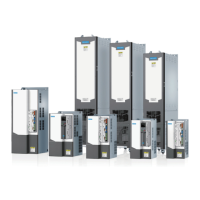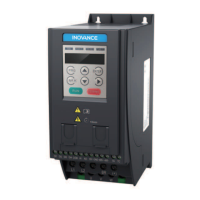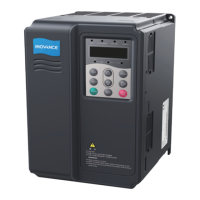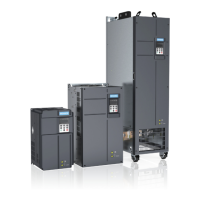4 HCU Control Module
- 94 -
..0$9
34
$
$
%/($
EMFJIT
+
+
$(/%
$
$
%
/($
EMFJIT
..0$9
34
$
$
%
/
($
EMFJIT
+
+
$(/%
..0$9
34
+
+
$(/%
)$6TMBWF)$6TMBWF
Ē
0/
0''
Ē
0/
0''
Ē
0/
0''
5FSNJOBUJPOSFTJTUPSDPOOFDUFE
5FSNJOBUJPOSFTJTUPSEJTDPOOFDUFE
5FSNJOBUJPOSFTJTUPSDPOOFDUFE
Figure 4-11 Application example
4.9.4 Communication
The communication between the HCU control module and the SOP-20-880 or PC is
achieved through X11 and X12 terminals using RS485 mode, with one SOP-20-880 or
PC as the master, and multiple HCUs as the slaves. X11 and X12 are RJ45 terminals with
identical pin denitions for cascading.
1) Connection with SOP-20-880
The SOP-20-880 is the master and the HCU is the slave. The PC can communicate with
the SOP-20-880 through USB. The far-end HCU on this link must be equipped with a
termination resistor.
)$6
9
9
)$6
9
9
)$6
9
9
64#
34
5FSNJOBUJPO
SFTJTUPS
0''
5FSNJOBUJPO
SFTJTUPS
0''
5FSNJOBUJPO
SFTJTUPS
0/
Figure 4-12 Connection with SOP-20-880
2) Connection with PC
The PC is the master, the HCU is the slave. A conversion module (RS485–RS232
converter or USB) is required between the PC and the HCU; the conversion module and
the far-end HCU must be equipped with a termination resistor.

